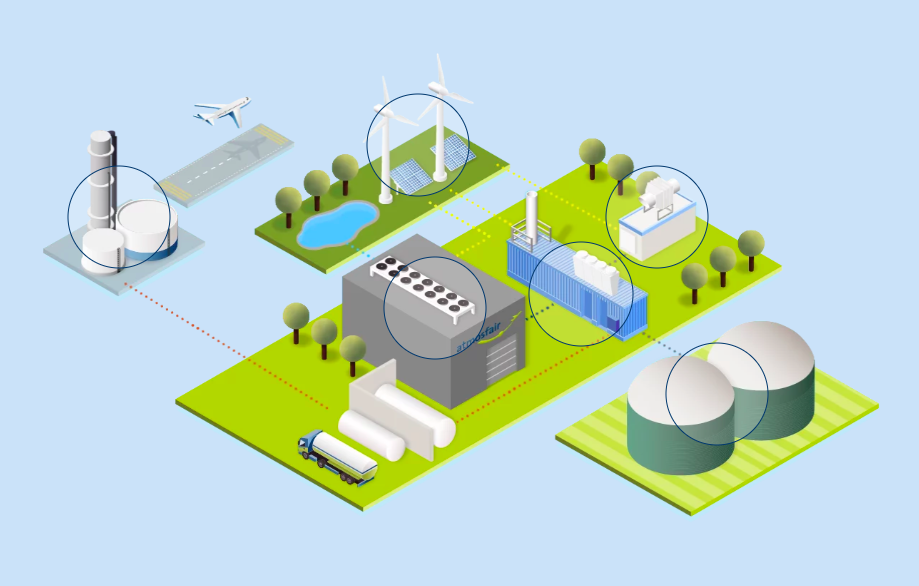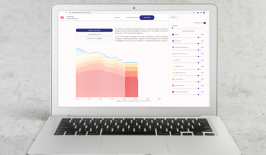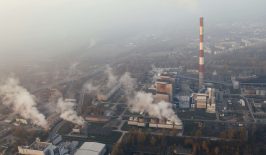Total air travel accounts for around 2 percent of global CO2 emissions, and in Germany alone, CO2 emissions from air travel have roughly doubled since 1990. However, every kilogram of jet fuel burned produces around three kilograms of CO2. In addition to CO2 emissions, this burning also forms ozone, veil clouds and contrails, all of which contribute to the warming effect. The Intergovernmental Panel on Climate Change therefore assumes that the total greenhouse impact of aviation is on average twice as high as CO2 emissions.
The Paris Climate Agreement aims to ensure that global warming is limited to below two degrees Celsius, but preferably to 1.5 degrees compared to pre-industrial times. In 2016, the global aviation industry agreed to stabilise greenhouse gases in the aviation climate agreement, and has been purchasing carbon credits since this year to offset emissions. This is voluntary until 2026, but from 2027 the purchase of such credits will then be mandatory. However, to ensure that the Paris Climate Agreement is not jeopardized by aviation, air traffic would have to be fully decarbonized by 2050.
But this will require a revolution in air transport. Non-profit organizations such as Atmosfair offer to compensate for emissions generated by one’s own vacation flight by making a payment to appropriate climate protection projects – this is essentially compensation in the form of a donation. But this only helps to balance these emissions, not reduce or avoid them. And such carbon offsetting programmes can only be part of the solution.
In addition to CO2 compensation, Atmosfair is now also committed to making air travel itself more climate-friendly and this year built the first plant in the world to produce e-kerosene on an industrial scale. The promising “fairfuel” kerosene solution hopes to be a CO2-neutral fuel for commercial aviation.
A Cleaner Way to Fly?
Since the e-kerosene is produced from renewable electricity, water and CO2 extracted from the air, the kerosene claims to be CO2-neutral and should have no negative environmental effects. The technical term for the technology is “power to liquid” (PtL).
The fairfuel plant uses electricity from wind and solar in the surrounding area. CO2 is extracted from a biogas plant on the site and from the air, and all this is combined with water to produce a synthetic crude kerosene. It is then turned into Jet A1 kerosene in a refinery, which is then delivered to its first customer at Hamburg Airport, Lufthansa.
The electricity required to produce the “fairfuels” does not come at the expense of the energy transition, as the hydrogen is produced on site with green electricity using wind turbines that will fall out of the EEG subsidy next year. This means that the synthetic fuel later emits only the CO2 that was previously removed from the atmosphere. However, producing the climate-neutral fuel is still very expensive and production capacities are limited.
The aim is to produce 200,000 metric tons of green kerosene annually by 2030, although the road to widespread use is still long. The factory will produce one ton of the e-fuel per day, resulting in around 360 tons per year. However, if airlines in Germany have to add the 0.5 percent fair fuel specified by the German government from 2026, 50,000 tons per year will be needed.
Greenpeace welcomes the new technology, but notes that climate-neutral fuel alone cannot solve the airlines’ problems, as two-thirds of the climate damage is caused by other greenhouse effects – such as contrails at high altitudes. Short-haul flights still need to be reduced immediately, according to Greenpeace, and to raise enough green energy, the expansion of renewable energies must be significantly increased. The shift to alternative propulsion in the aviation industry is still several years away, as electric-powered aircraft are only being developed on a small scale so far, and hydrogen-powered aircraft will take even longer to develop – with a questionable environmental footprint.
This article is an English-language translation of an original article which appeared on the German RESET website.









